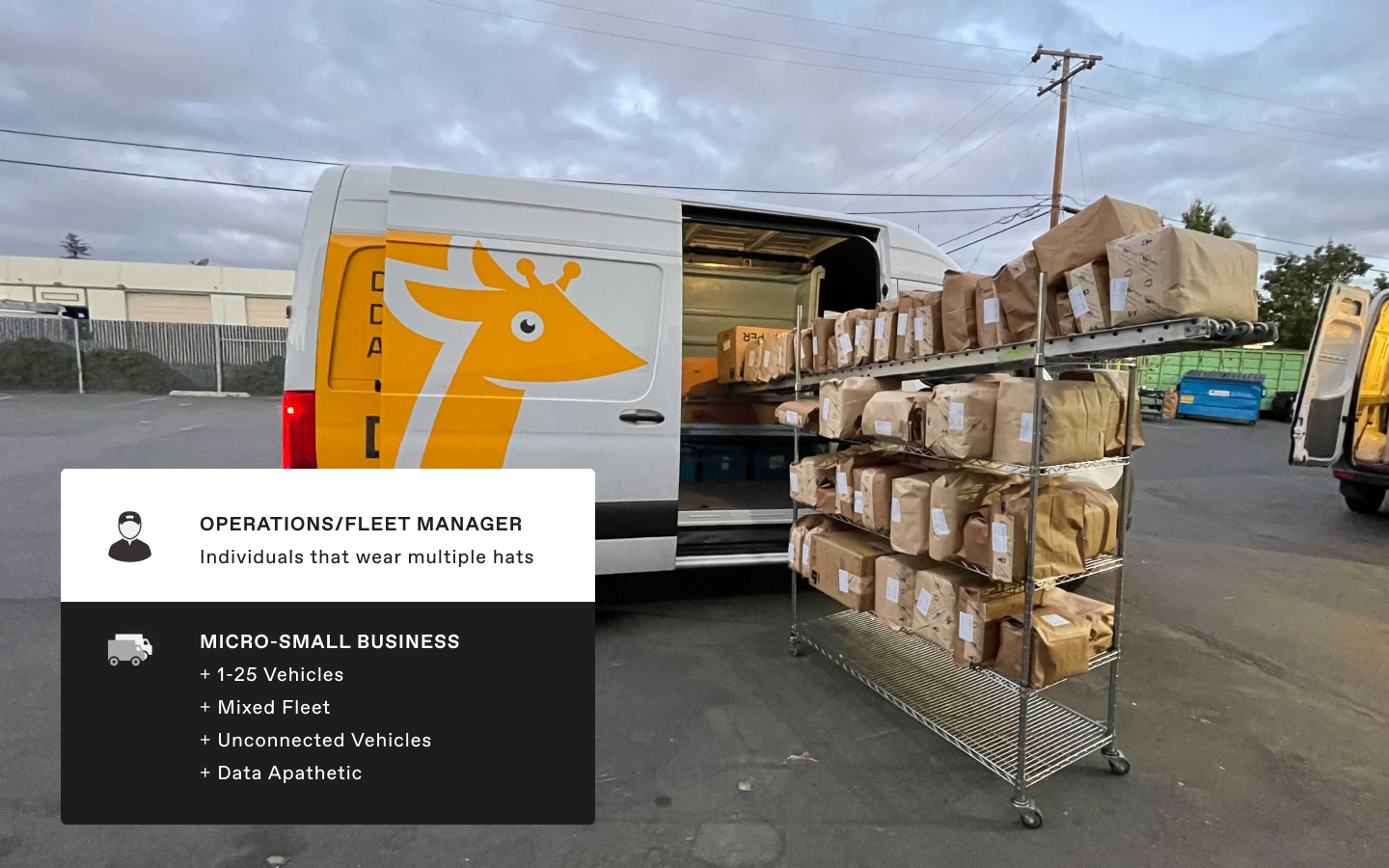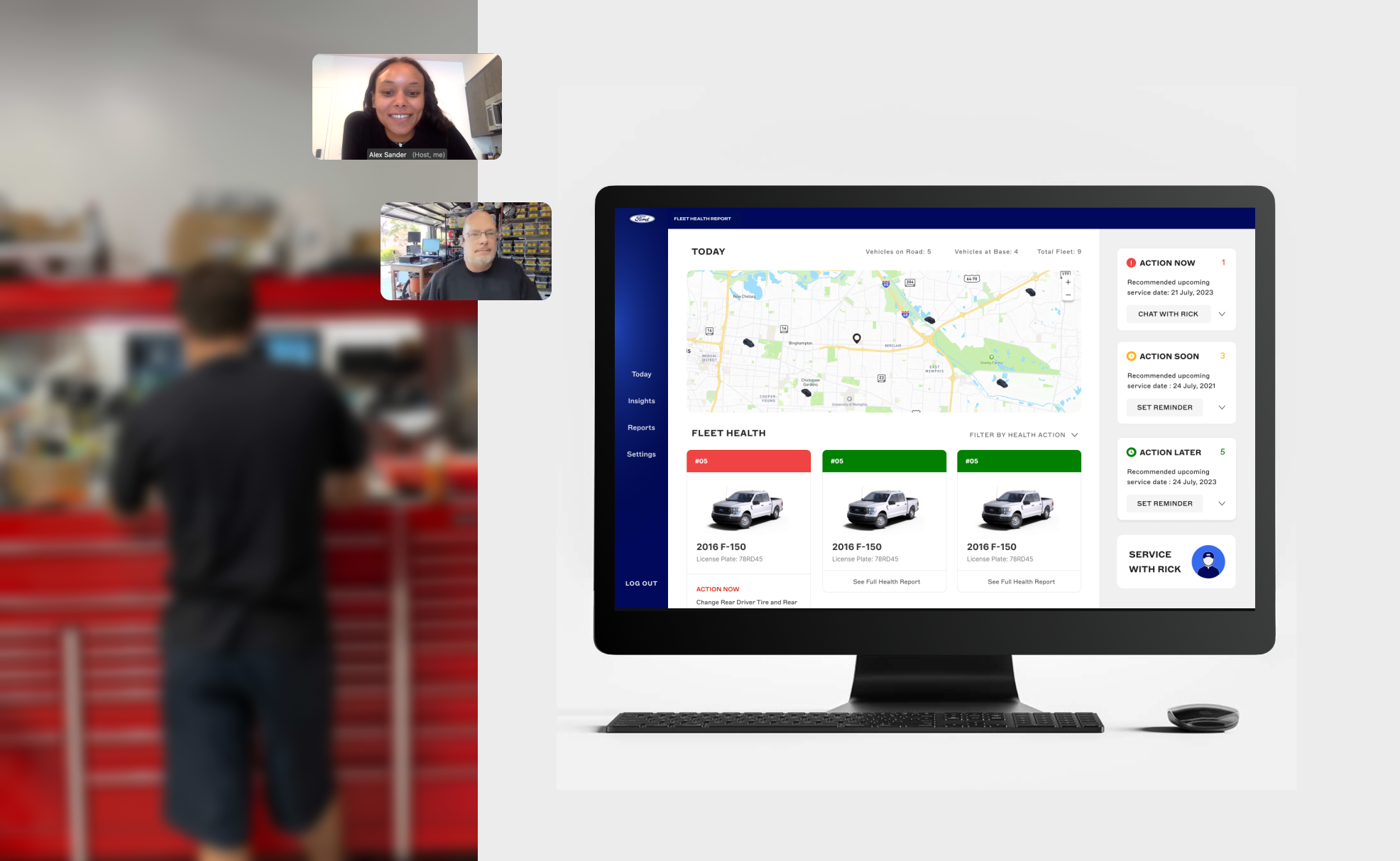Fleet Maintenance
API + Dashboard
Designed and developed a chatbot with interface widgets to help small fleet managers avoid downtime and have an accurate read of their fleet health. Leadership applauded the articulation of problems that lead to clear action.
Research Partners
To illustrate this point, we engaged with a diaper delivery company that operated with two shifts. The morning driver noticed a service light illuminated in the van but forgot to inform the fleet manager. Consequently, the evening driver encountered a flat tire on a single-lane highway, resulting in hours of delay. These incidents were not only costly but also emotionally draining for the fleet managers.
Recognizing the potential for improvement, I identified these pain points as opportunities to design a system that could predict and empower fleet managers.
Research Partners
To illustrate this point, we engaged with a diaper delivery company that operated with two shifts. The morning driver noticed a service light illuminated in the van but forgot to inform the fleet manager. Consequently, the evening driver encountered a flat tire on a single-lane highway, resulting in hours of delay. These incidents were not only costly but also emotionally draining for the fleet managers.
Recognizing the potential for improvement, I identified these pain points as opportunities to design a system that could predict and empower fleet managers.

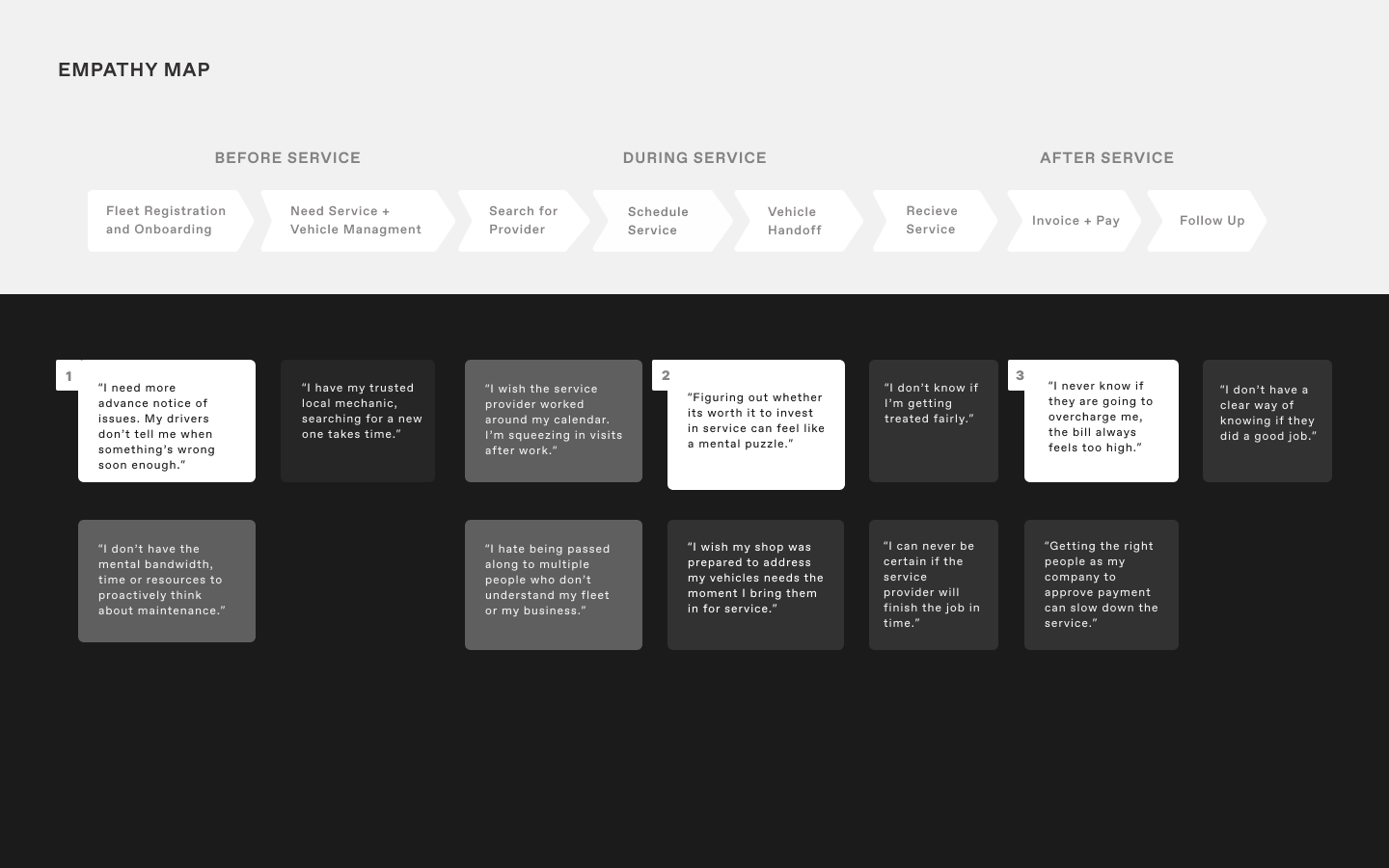


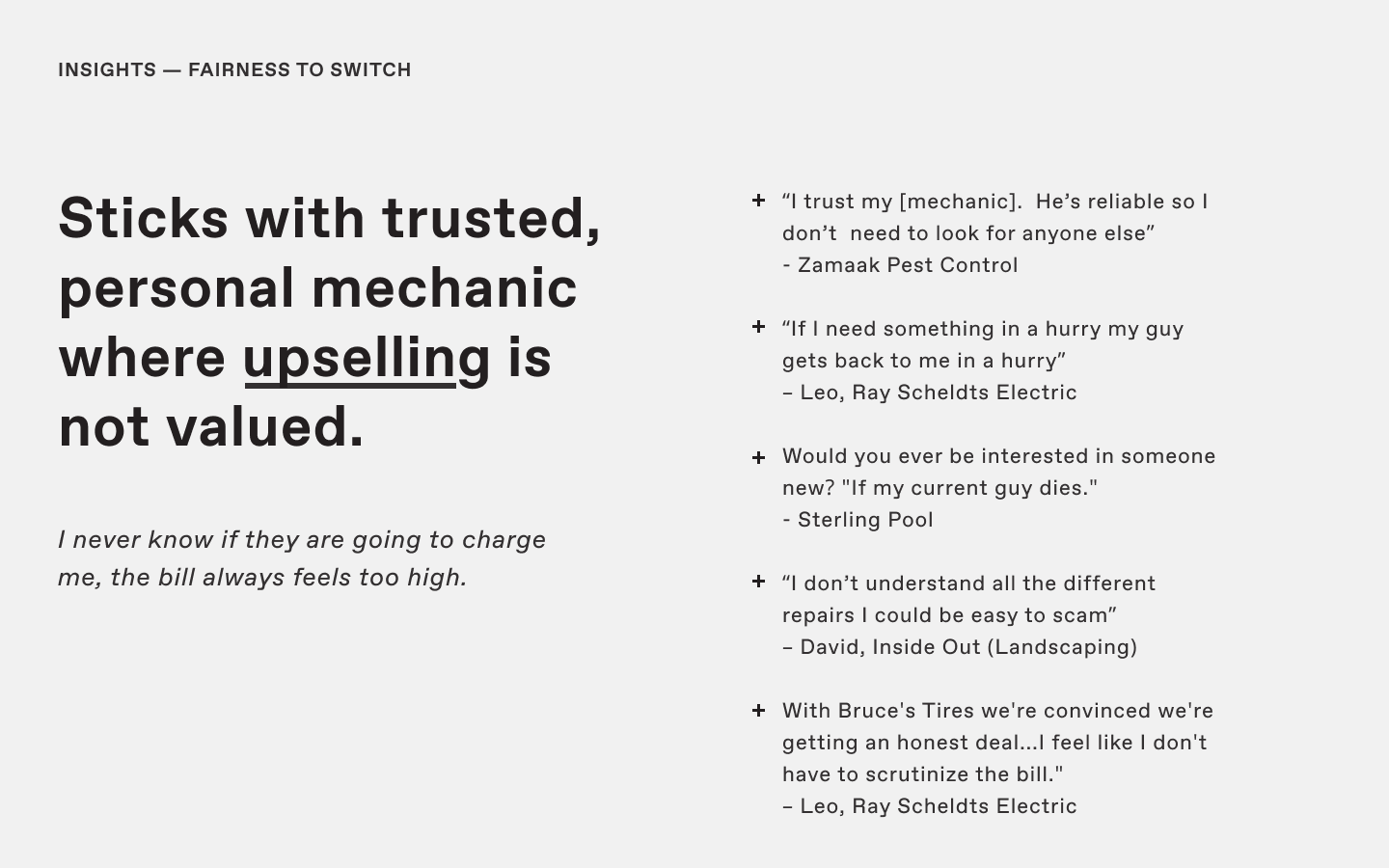
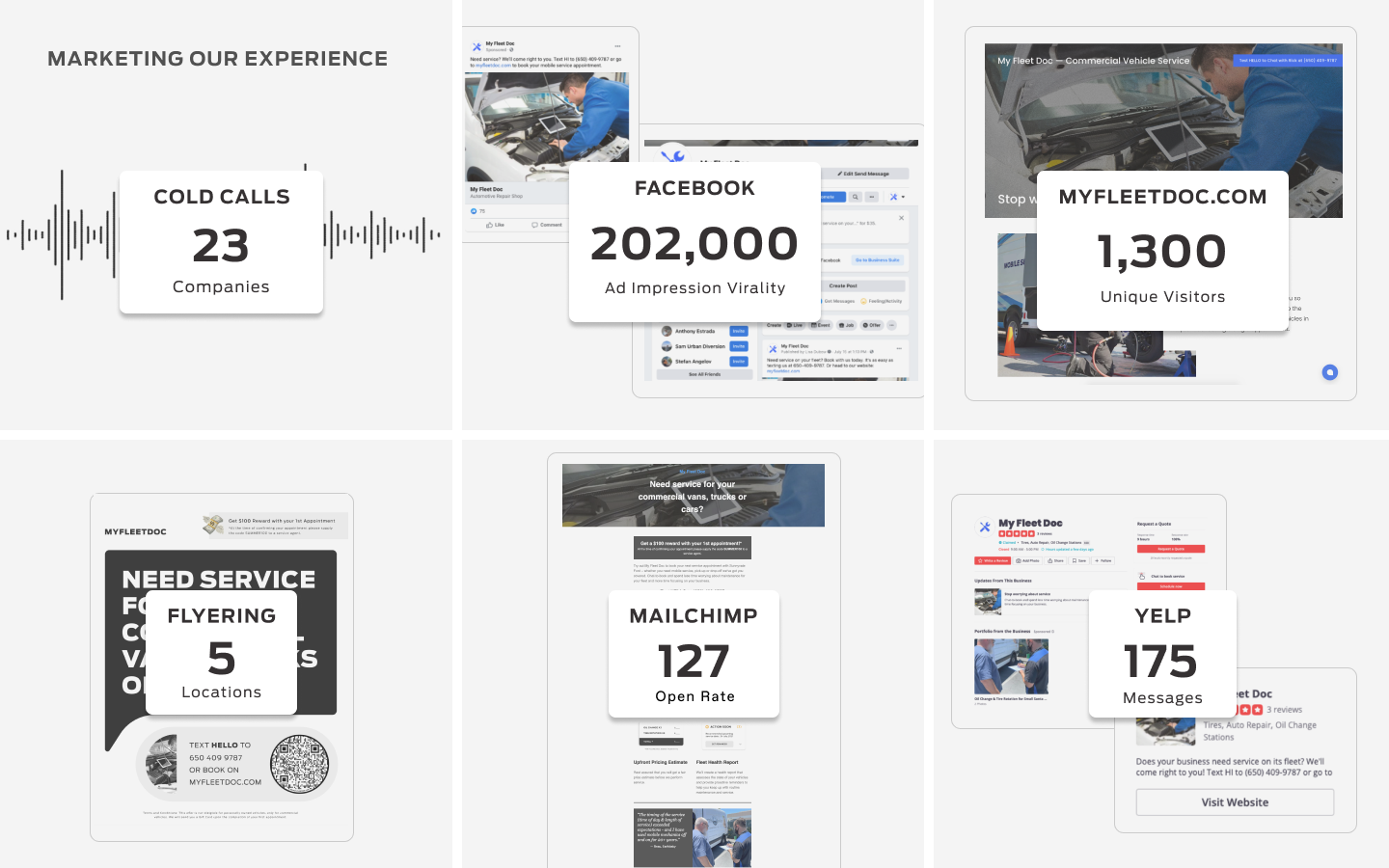
Pain Point #1
One major obstacle was the absence of clear insights into the overall health of the fleet, from the road to the office. It was crucial to provide fleet managers with a comprehensive view of their fleet's health.
The foundation of the system involved connecting an OBD-II black box to each vehicle. This device would track and wirelessly send relevant maintenance-related data, such as mileage, to create a digital twin of the vehicle.
Additionally, I designed a fleet health dashboard that provided fleet managers with a clear overview of each vehicle's state. This dashboard eliminated the need for manual checks and logging multiple times a day.
Pain Point #1
One major obstacle was the absence of clear insights into the overall health of the fleet, from the road to the office. It was crucial to provide fleet managers with a comprehensive view of their fleet's health.
The foundation of the system involved connecting an OBD-II black box to each vehicle. This device would track and wirelessly send relevant maintenance-related data, such as mileage, to create a digital twin of the vehicle.
Additionally, I designed a fleet health dashboard that provided fleet managers with a clear overview of each vehicle's state. This dashboard eliminated the need for manual checks and logging multiple times a day.
Pain Point #2
Another challenge was the lack of easy ways for fleet managers to book service appointments. It often proved challenging to secure timely appointments, resulting in vehicles being out of service for extended periods.
After identifying this bottleneck, I designed a dialogue for the following solutions:
- Understanding the fleet manager's preference for booking service through conversations, we designed an actionable chatbot. This bot we named Rick and was direct yet informed. They were integrated with the fleet health dashboard and proactively notified the fleet manager about any emerging issues. It allowed the fleet manager to schedule vehicle maintenance in a proactive manner.
- To improve the booking process further, we developed an API that allowed mechanic shops to establish clear scheduling windows and coordinate their workload effectively.
- We also created a calendar booking widget that integrated with the dashboard, providing the fleet manager with a simplified and proactive way to schedule maintenance. The widget displayed the mechanic's available dates and times, streamlining the conversation into just three quick steps.
Pain Point #3
Fleet managers faced difficulties when visiting the mechanic shop, as it required two drivers to take two vehicles and caravan them to the shop, impacting operational efficiency.
- To address this issue, we introduced mobile service options. Where the mechanic would come to the location of the vehicle. With a catalog of all the potential services with transparent pricing. This eliminated the need for two drivers to transport the vehicles and allowed them to focus on their primary tasks.
- We collaborated with a hardworking mobile mechanic who brought all the necessary lifts, tools, and oil in a van. The mechanic had access to a shared view of the dashboard, allowing them to efficiently prioritize and complete tasks based on vehicle type, status, and critical information.
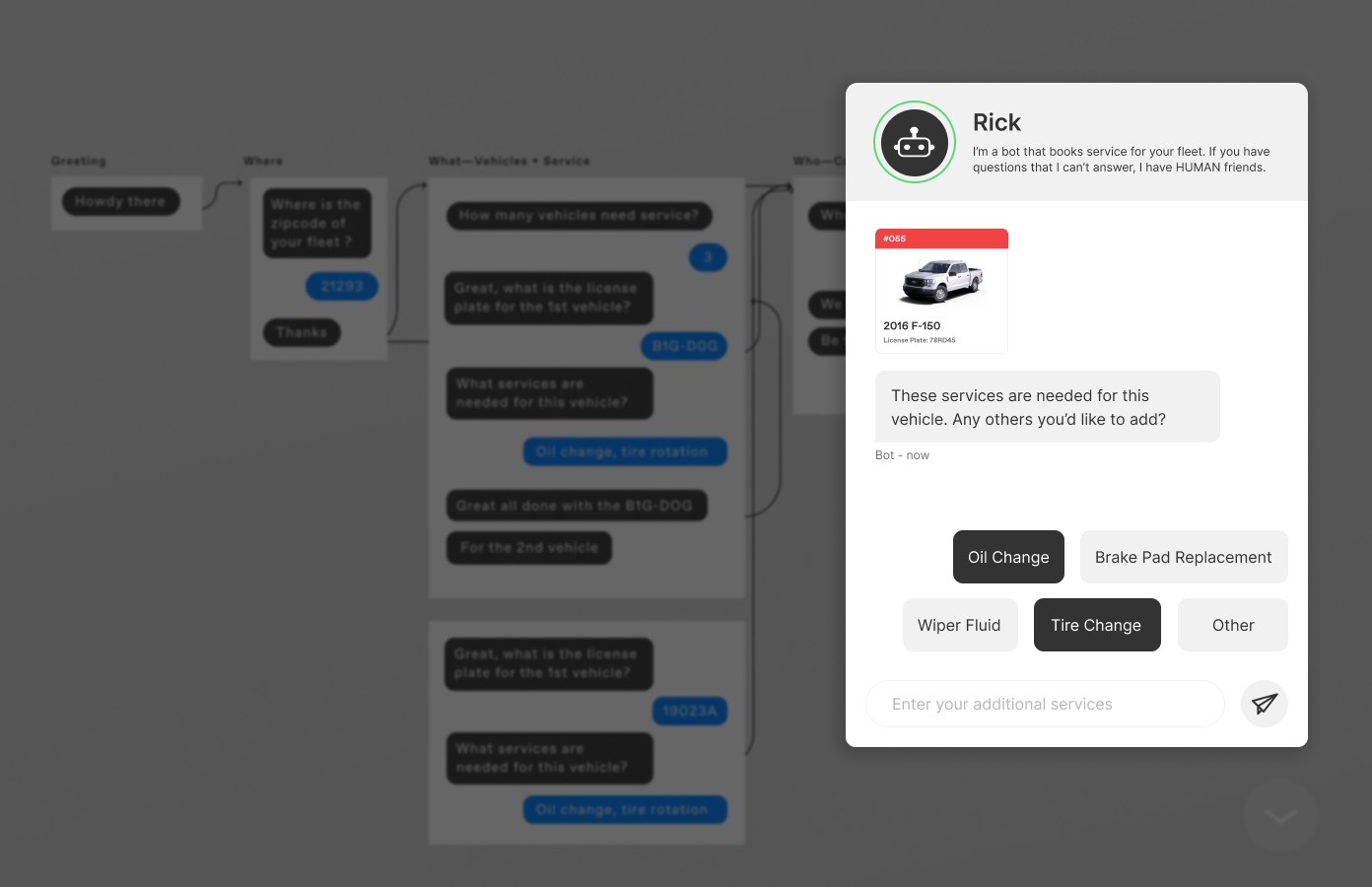
Conclusion
By designing a comprehensive fleet health dashboard and integrating it with an actionable chatbot, we addressed key pain points for fleet managers. Our solutions provided them with clear insights, proactive maintenance scheduling, and mobile service options. This improved their overall confidence, reduced downtime, and allowed them to focus on more significant logistical challenges within their business. The case study highlighted the importance of predictive systems and scheduling tools in optimizing fleet management.
Conclusion
By designing a comprehensive fleet health dashboard and integrating it with an actionable chatbot, we addressed key pain points for fleet managers. Our solutions provided them with clear insights, proactive maintenance scheduling, and mobile service options. This improved their overall confidence, reduced downtime, and allowed them to focus on more significant logistical challenges within their business. The case study highlighted the importance of predictive systems and scheduling tools in optimizing fleet management.



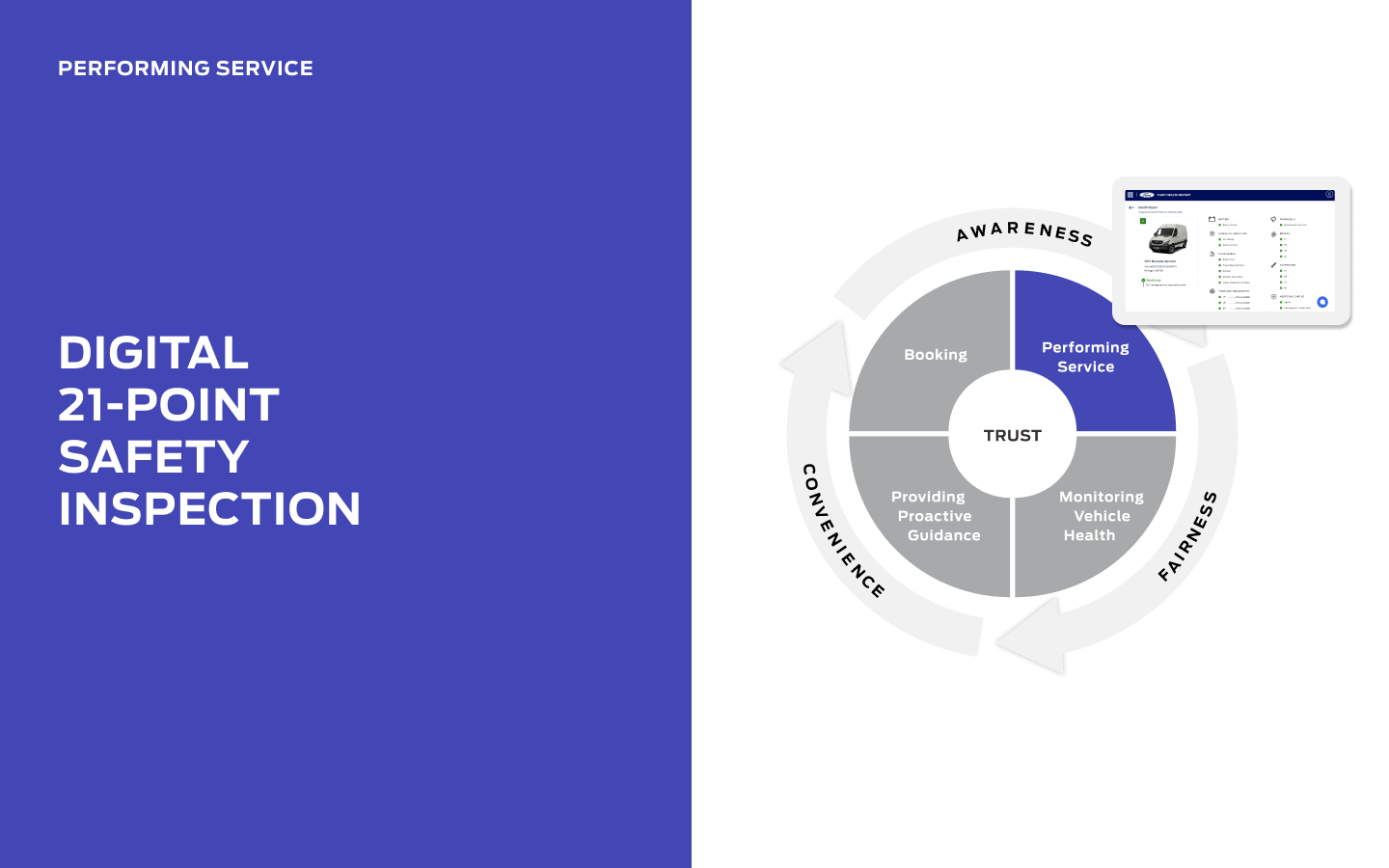

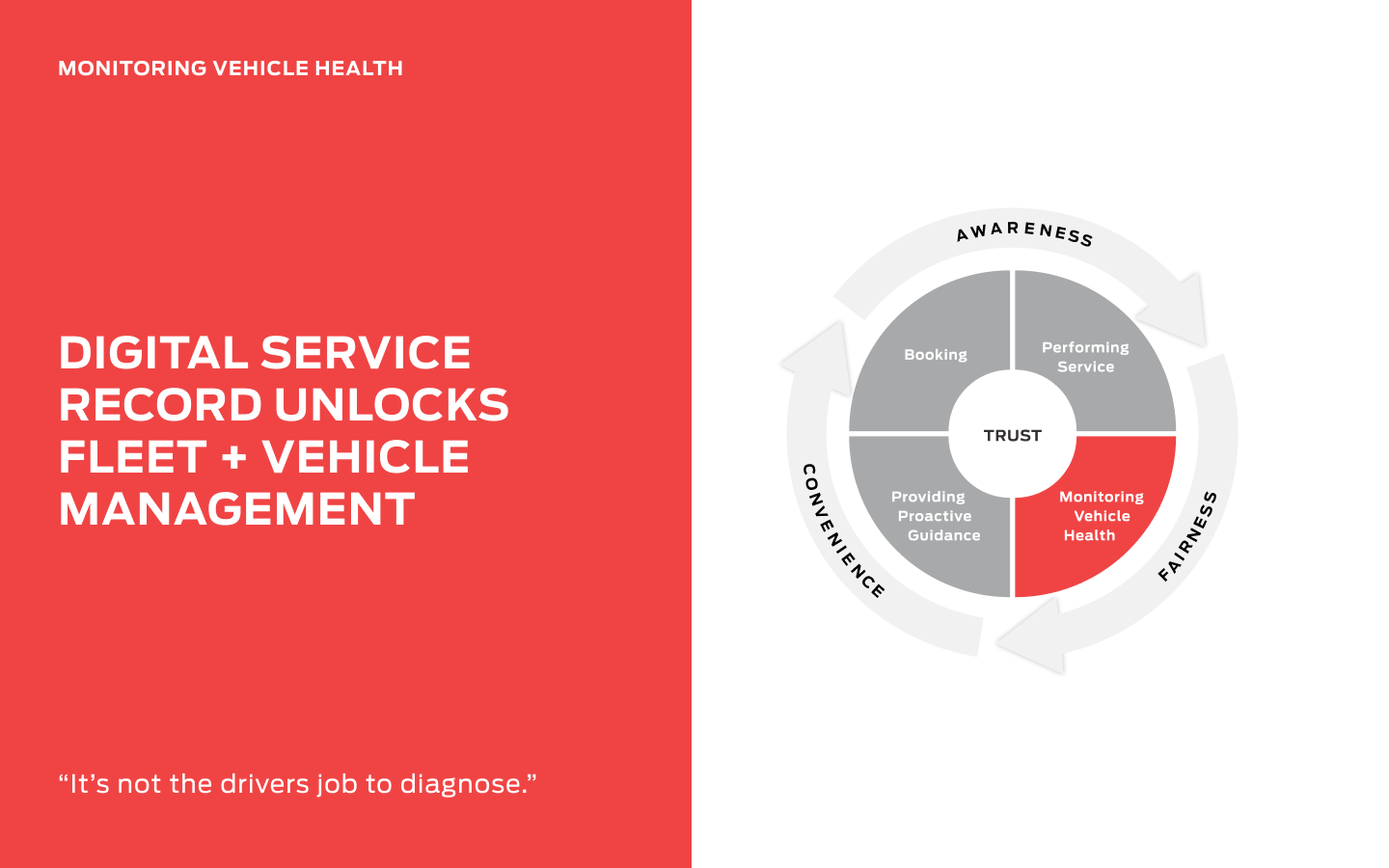

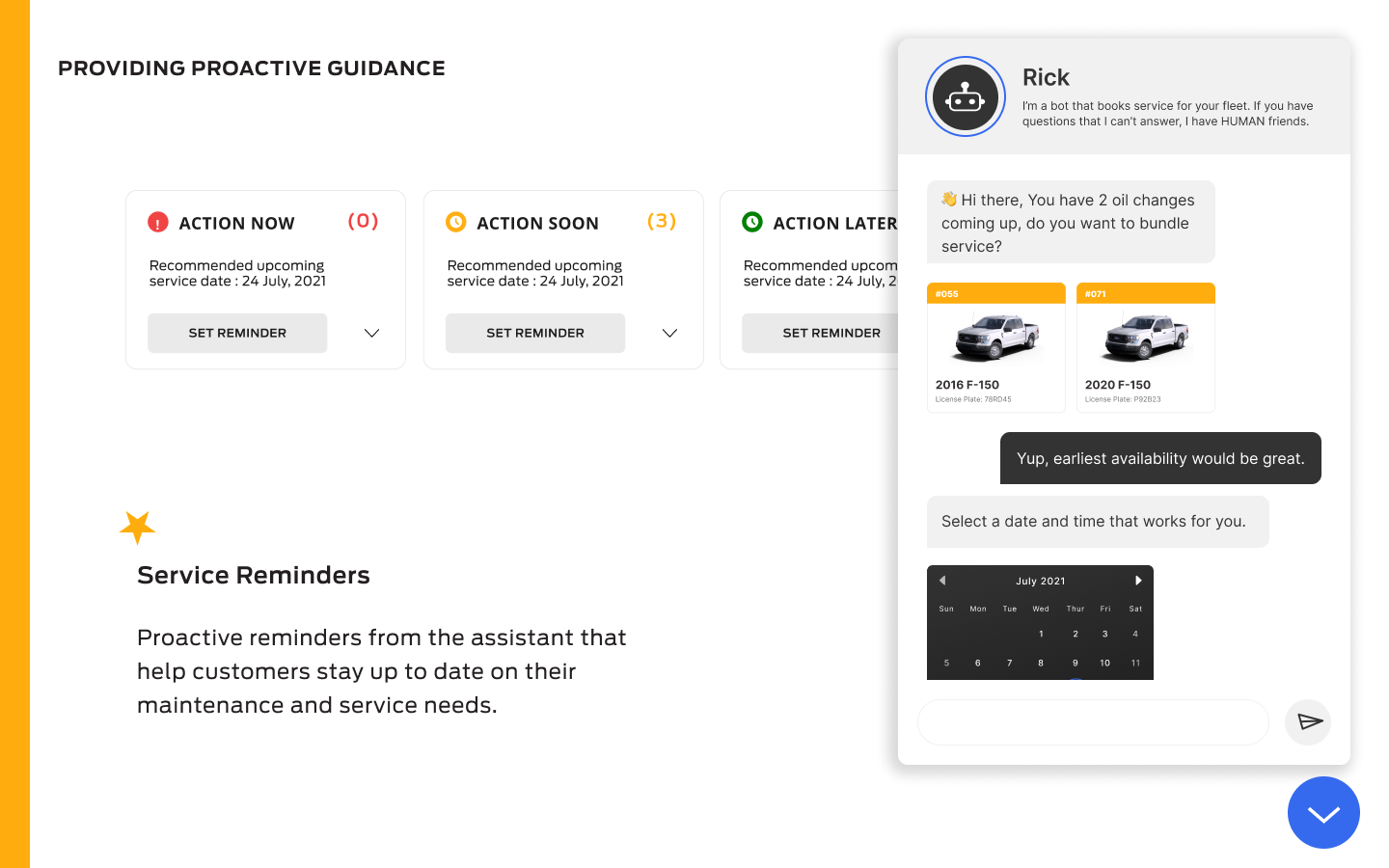


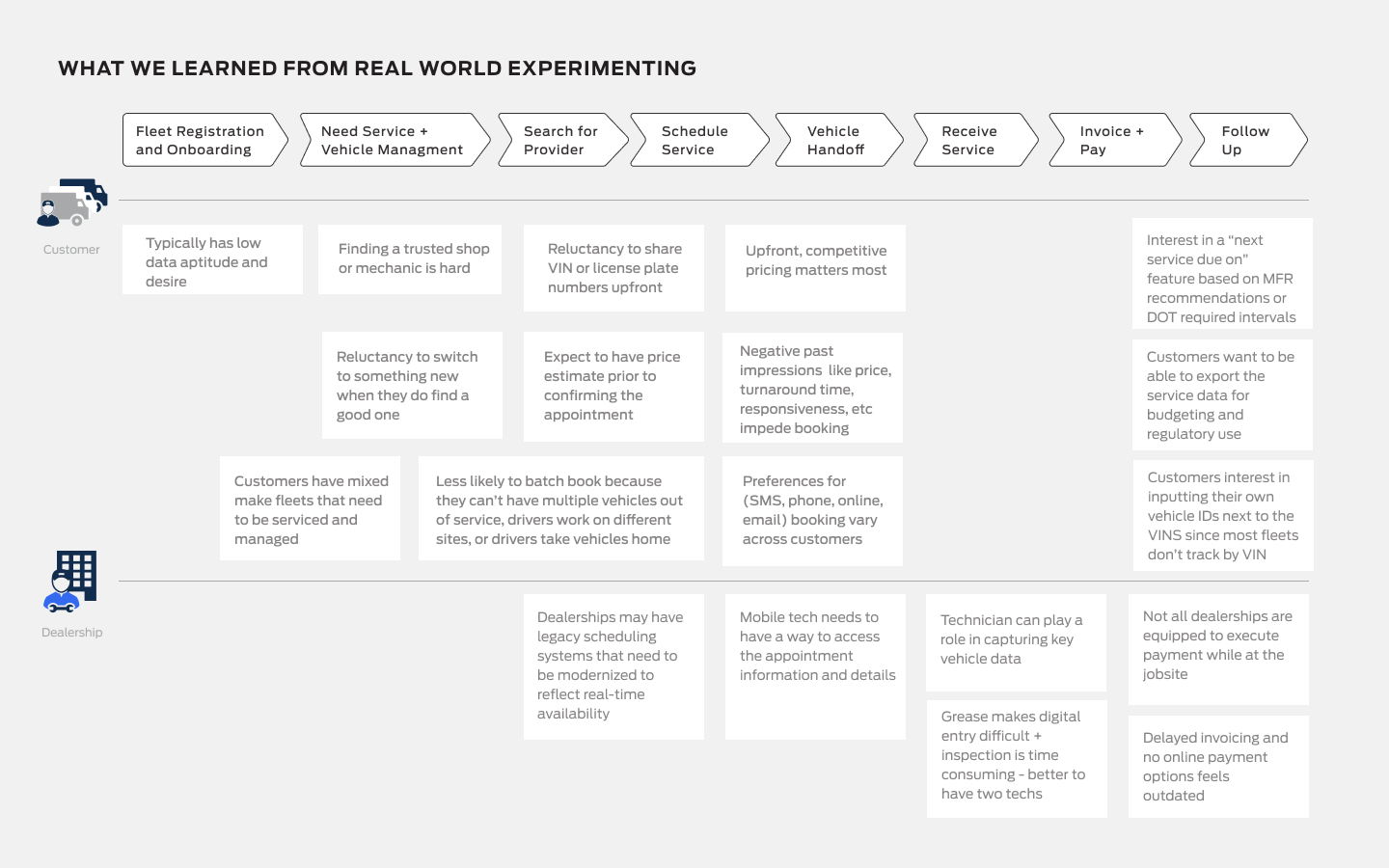

Takeaways
Takeaways
The system we developed aimed to be a predictive co-pilot, managing mundane and routine tasks. The chatbot, Reliable Rick, brought us closer to providing real-time notifications to fleet managers and served as a convenient tool for key actions. Through piloting this service with multiple customers, we discovered larger infrastructure problems related to booking service with dealerships, which presented clear opportunities for scheduling tools.
The system we developed aimed to be a predictive co-pilot, managing mundane and routine tasks. The chatbot, Reliable Rick, brought us closer to providing real-time notifications to fleet managers and served as a convenient tool for key actions. Through piloting this service with multiple customers, we discovered larger infrastructure problems related to booking service with dealerships, which presented clear opportunities for scheduling tools.

